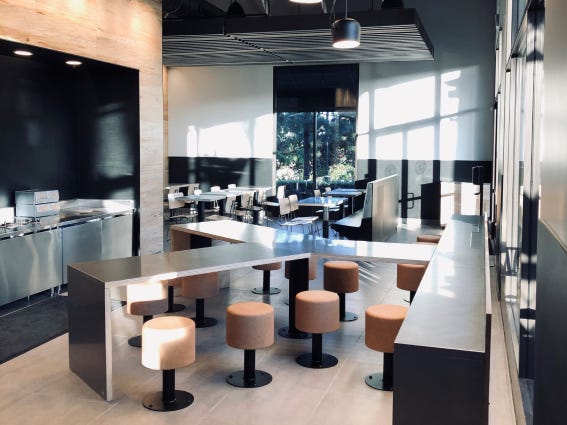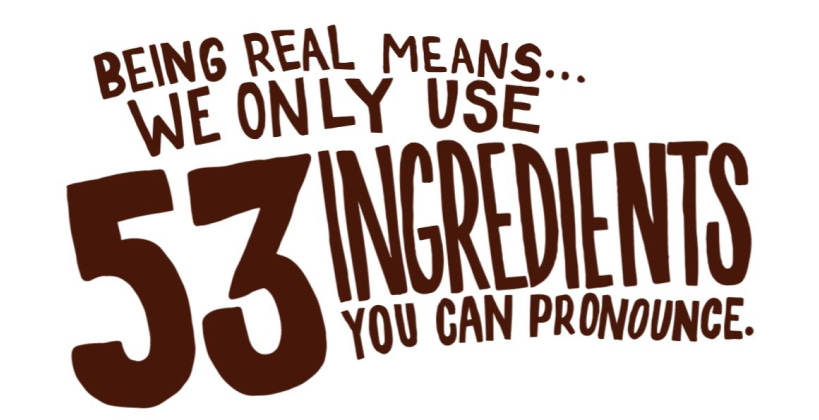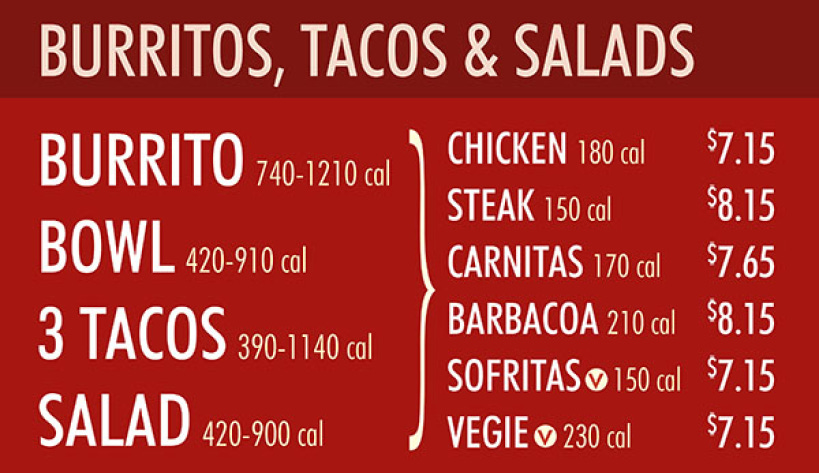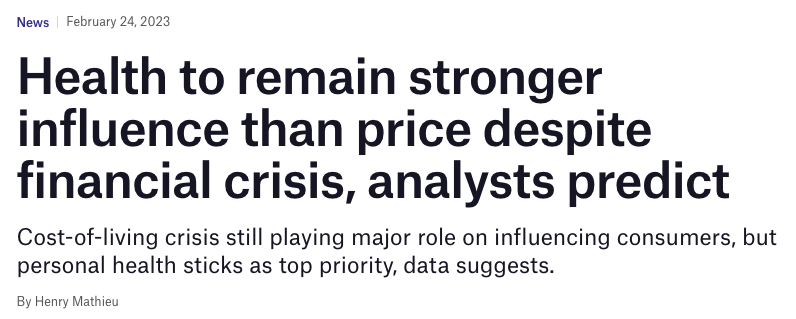#8 The UX of Chipotle
Chipotle's success is a good example of a Lollapalooza Effect, where things come together to craft an experience that just works.
The UX of Chipotle
I’m moving from SF to SD and my girlfriend asked me what excites me the most about the change.
I told her it’s the fact that Chipotle is 3 minutes away from our new home.
So, to celebrate, let’s talk about Chipotle.
You see, restaurants don’t make money.
In fact, 80% fail within 5 years of opening. Yet, Chipotle delivers over 12% margins, which contributes to it being the $50bn behemoth that they are. For comparison, the company is worth 3x more than Snapchat and 3.5x more than Twitter.
A lot of that comes from operational excellence, but there are other aspects to their success that we can learn from as designers.
Thinking like a designer means going beyond Figma.
Dive in with me:
1. Ambience
I don’t know if you’ve ever been to one, but a traditional mexican restaurant looks nothing like Chipotle.
Don’t get me wrong, there’s a charm to the traditional.
But Chipotle chose another route.
Their interior design was carefully crafted. Here are some words by one of their directors for the Architect Magazine:
“Ells [the founder] wanted the food and the architecture to parallel each other. Our food is simple ingredients—it's what you do with them . The idea with the architecture was, let's take these simple, rudimentary materials, but what we do with them will say something, and we'll get a look out of that.”
To achieve that, they have a website that tell contractors how to trim out the stainless steel, among other things.
Beyond our sight, they also they care of another sense: our hearing. They had an expert DJ curate build playlists for the stores. Here’s what they have to say:
“One important part of Studio Orca's playlist composition is how it keeps in mind the flow of the day. Busier parts of the day play more frenetic songs while the lulls can sound more languid.
This is from an article on Mashed.
I don’t know what languid means, but you get the idea. Everything is thought through.
2. “Unite and Build” over “Divide and Conquer”
While franchising might be a smart way to grow, it can create inconsistencies. Different owners might slightly change the way of doing things, from training staff to maintaining the venue.
Chipotle owns 100% of their locations, so whether you're in NY or SF, the experience feels unified.
When we walk through Chipotle’s doors, we know what we’re going to get. Consistent service, quality, and ambiance.
3. Keep it simple, stupid.
Chipotle believes that “simplicity is the ultimate sophistication”. Their marketing frequently boasts the fact that they only use 53 ingredients.
To customers, this means a quick decision-making process, reducing the cognitive load that comes with choosing from a big menu. It’s as simple as it gets.
To employees, less ingredients means easier inventory management and training. Staff can become well-versed in the preparation of each item quickly, leading to and easier employee experience as well.
4. Real food that tastes good.
As a society, we’re shifting more and more towards healthy and unprocessed foods.
But what’s also fact is the huge human inclination towards the tasty properties of salt and seasonings.
That’s not going anywhere. Salt and seasoning will always trigger a dopamine release.
Well, Chipotle went and merged both worlds. They use unprocessed ingredients and season their dishes by using the best the mexican cuisine has to offer.
This balance makes sure that customers not only feel confident in their healthy meal choice but also experience the high that comes from throwing salt at their taste buds.
You can also tilt towards any end of that spectrum if you’d like. On a random post-gym Monday you can get a huge chicken rice bowl, while on Saturday night that cheesy steak burrito is also handy. This contributes to my next point.
5. A habit forming experience.
Habits are formed by exposure to triggers and how easy it is to repeat a behavior.
Chipotle's presence in either high foot-traffic or easy-to-park areas ensure that it's not an occasional choice. It's a habitual one.
Whether you're at a city center, near a university, or at a mall, there's likely one nearby.
This omnipresence reinforces the habit loop for customers, making it an easy and frequent choice.
Conclusion
The success of Chipotle can be attributed to more than just its burritos or bowls.
It's a good example of a Lollapalooza Effect, a good example of a Lollapalooza Effect, where things come together to craft an experience that just works.
If you or anyone you know needs design work, check out my website and feel free to reach out!






